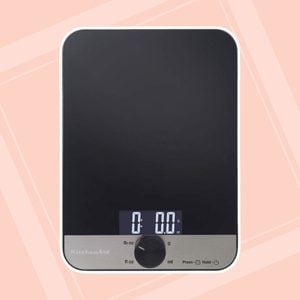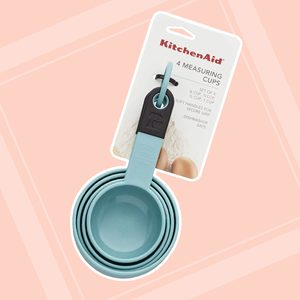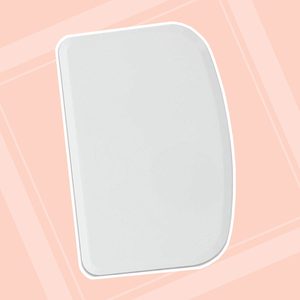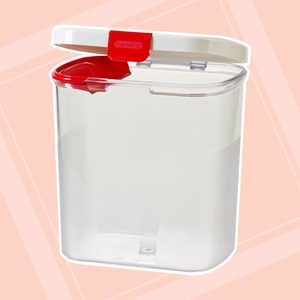How to Measure Flour Accurately Every Time
Updated: Oct. 27, 2023
Baking is a science! Too much or too little flour can totally alter a recipe. Our Test Kitchen shows you how to measure flour correctly so you'll get your best-ever bakes.
All good bakers know their craft is just as much science as it is art. And any good science experiment requires precision for the best results. With baking, that means getting the right times, temperatures and—perhaps most importantly—measurements. Getting accurate measurements can be tricky, though, especially with finer ingredients such as flour.
To illustrate how easy it is to make a measuring mistake, we devised an impromptu test. Our Test Kitchen pros asked other Taste of Home staffers to measure flour as they would at home, and the results were staggering. Some measured cups of flour as light as 3 ounces and some as heavy as 5-1/2 ounces. In short, a far cry from the correct weight of a cup of flour: 4-1/4 ounces. That extra ounce or two can turn your favorite chocolate chip cookies into hockey pucks. Yikes!
To make sure you don’t run into problems the next time you’re craving a cookie, our Test Kitchen prepared a short refresher on how to properly measure flour for perfect cookies (and cakes and brownies) every time.
Learn more about how to correctly measure ingredients.
Tools You’ll Need
-
Use a kitchen scale to get the most precise measurement for any ingredient. Here’s more on why you need a kitchen scale.
-
A good set of measuring cups is essential for any baker, especially if you’re measuring flour by volume.
-
Keep a straight-edge tool in your flour container to make leveling off your measuring cup easy.
-
Make sure your flour stays fresh with an airtight container.
How to Measure Flour by Volume
For most home bakers, measuring by volume with a measuring cup is standard practice. But there are some secrets to getting a more accurate measurement with this basic tool. As a rule, flour should not be compacted when being measured—you’ll end up with far too much of the ingredient.
Here’s how to properly measure flour by volume:
Step 1: Fluff It up
Flour settles in storage, so it needs to be loosened by giving it a good stir with a spoon or whisk. Aerating the flour helps prevent overmeasuring.
Step 2: Fill the cup
Next, spoon the flour into a measuring cup until heaping (piled beyond the rim of the measuring cup). Never scoop the flour with the measuring cup!
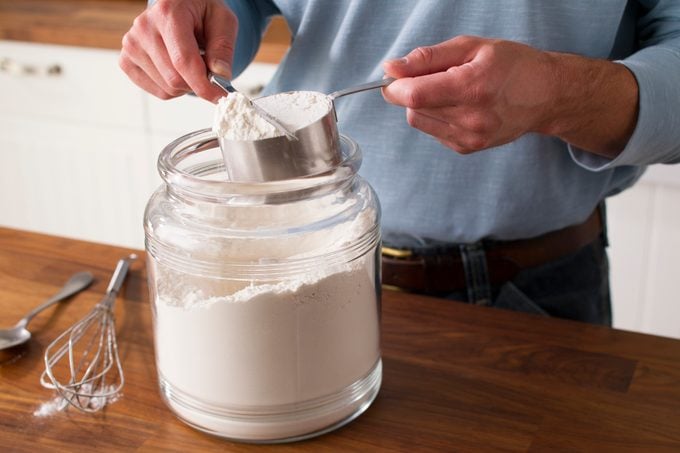
Step 3: Level it Off
Finally, level the flour with the flat side of a knife. This should give you about 125 grams (4-1/4 ounces) of flour—a standard cup.
How to Measure Flour by Weight
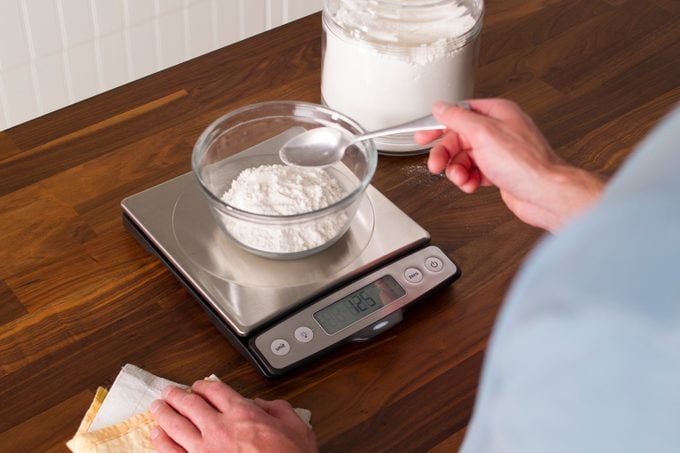
For the most precise measurement, our Test Kitchen recommends using a kitchen scale. To measure flour (or any ingredient), place a bowl on the scale, zero the tare and then add your flour.
You can use the table below for exact weights and measures for the most common types of flours. Find more on how to measure without measuring cups.
Convert Cups to Grams
| FLOURS | –1/4 Cup– | –1/3 Cup– | –1/2 Cup– | –2/3 Cup– | –3/4 Cup– | –1 Cup– |
|---|---|---|---|---|---|---|
| All-Purpose | 30 | 45 | 60 | 85 | 95 | 125 |
| Cake | 35 | 45 | 70 | 90 | 100 | 140 |
| Self-Rising | 30 | 45 | 60 | 85 | 95 | 125 |
| Whole Wheat | 30 | 40 | 60 | 80 | 90 | 120 |
| All weights are in grams. | ||||||
Tips for Measuring Flour
Here are our top tips for how to properly measure flour:
- Never sift your flour before measuring, unless your recipe specifically says to. Doing so will result in a lot less flour than what the recipe calls for.
-
Before measuring, fluff up the flour in the container by stirring with a spoon or whisk.
-
Don’t use your measuring cup to scoop the flour. Always spoon it into the measuring cup for better accuracy.
- There’s a right way to measure wet and dry ingredients, so make sure you’re using a measuring cup that’s made for dry ingredients. A coffee mug, rice measuring cup or a measuring cup for wet ingredients won’t give you the correct result!
-
Don’t pack the flour down as you’re scooping with the spoon or by shaking the cup. Compressing the flour will give you an inaccurate result.
At the end of the day, baking is still a science, so it’s important to get as close to the correct amount of flour as possible. Another example? A “pinch of salt” is actually 1/16 of a teaspoon! Here are the exact measurements for a pinch, a dash and a shake so you can be precise.
Also check out our guide on how to cut a recipe in half.

